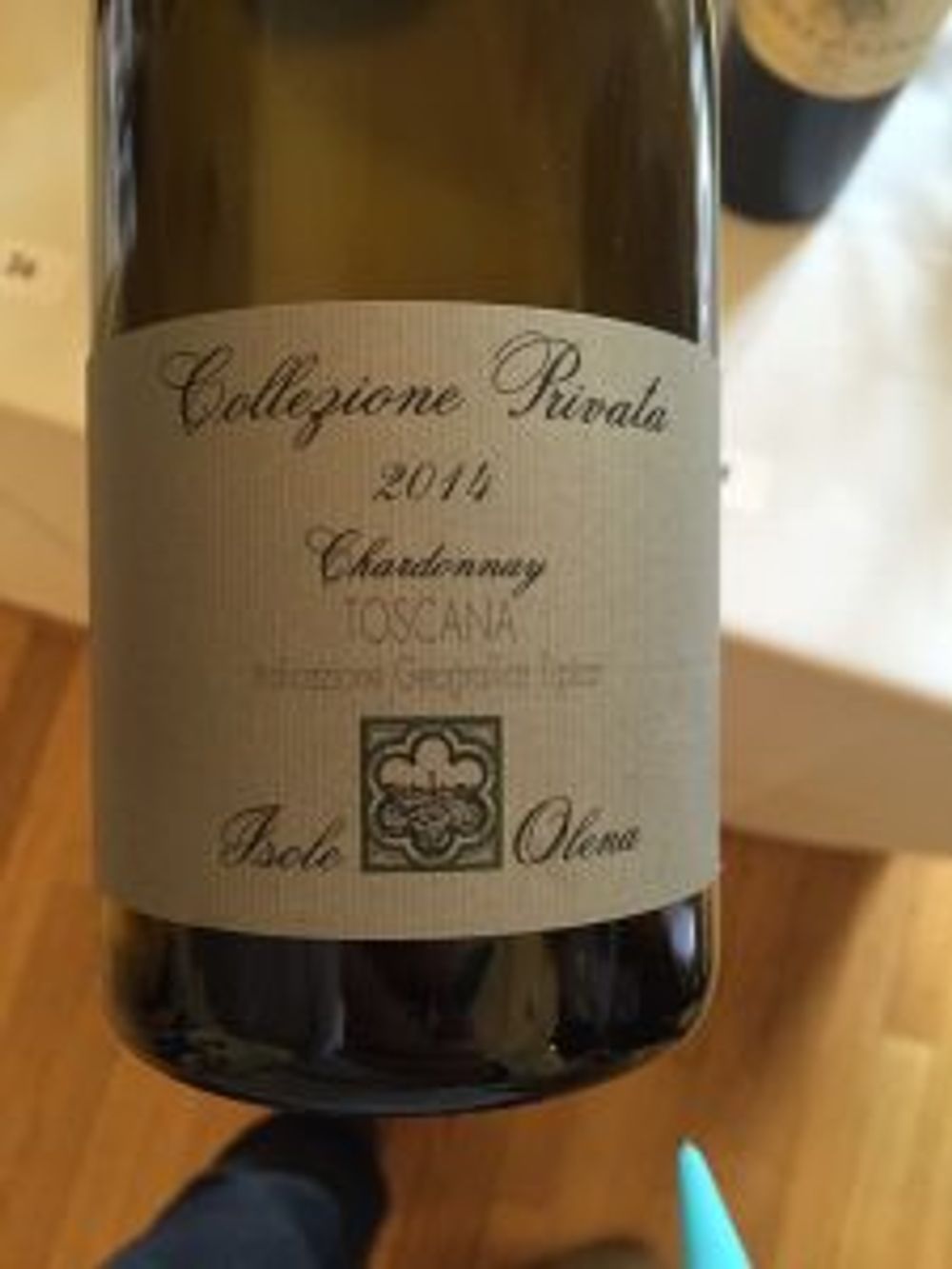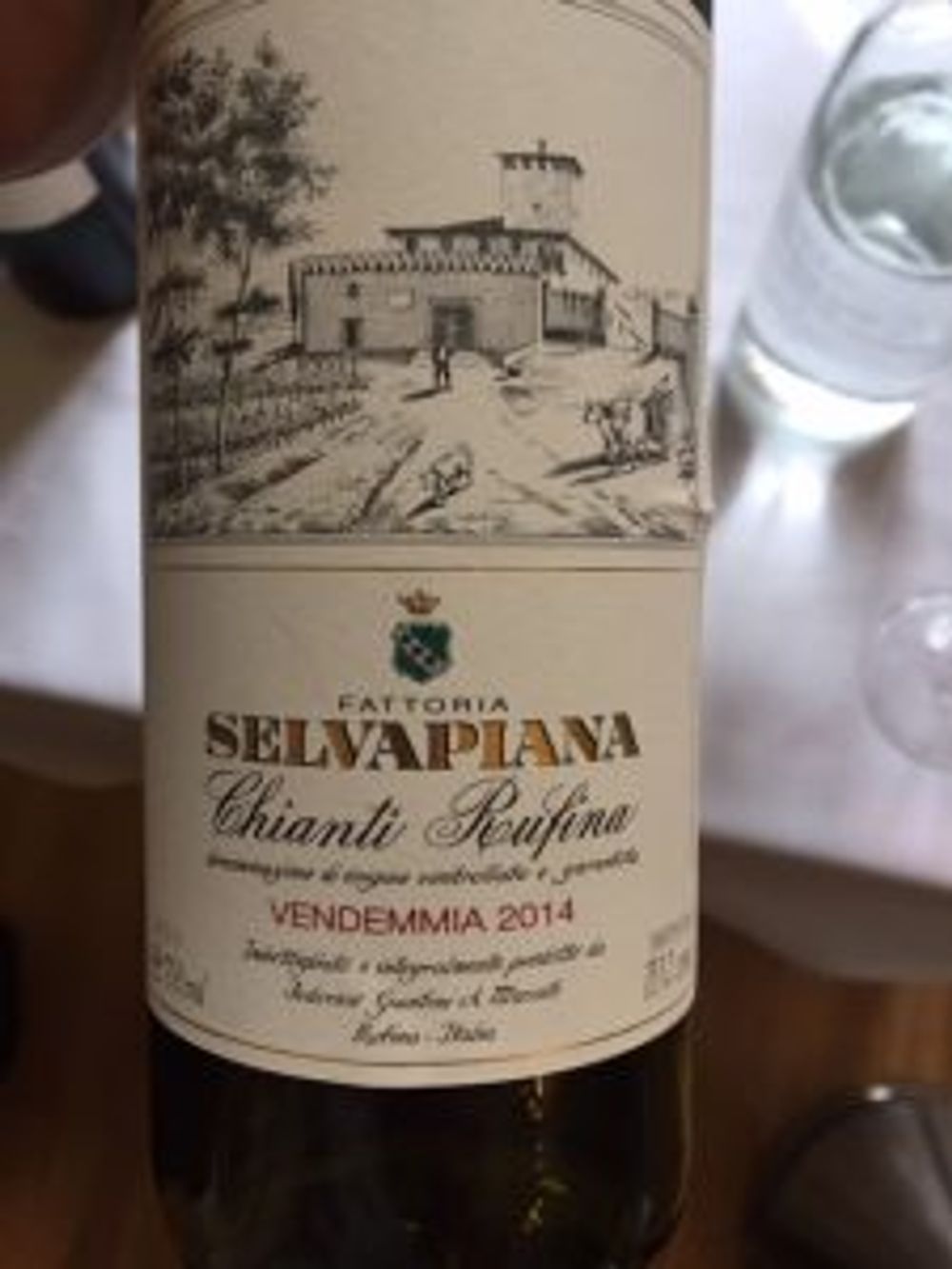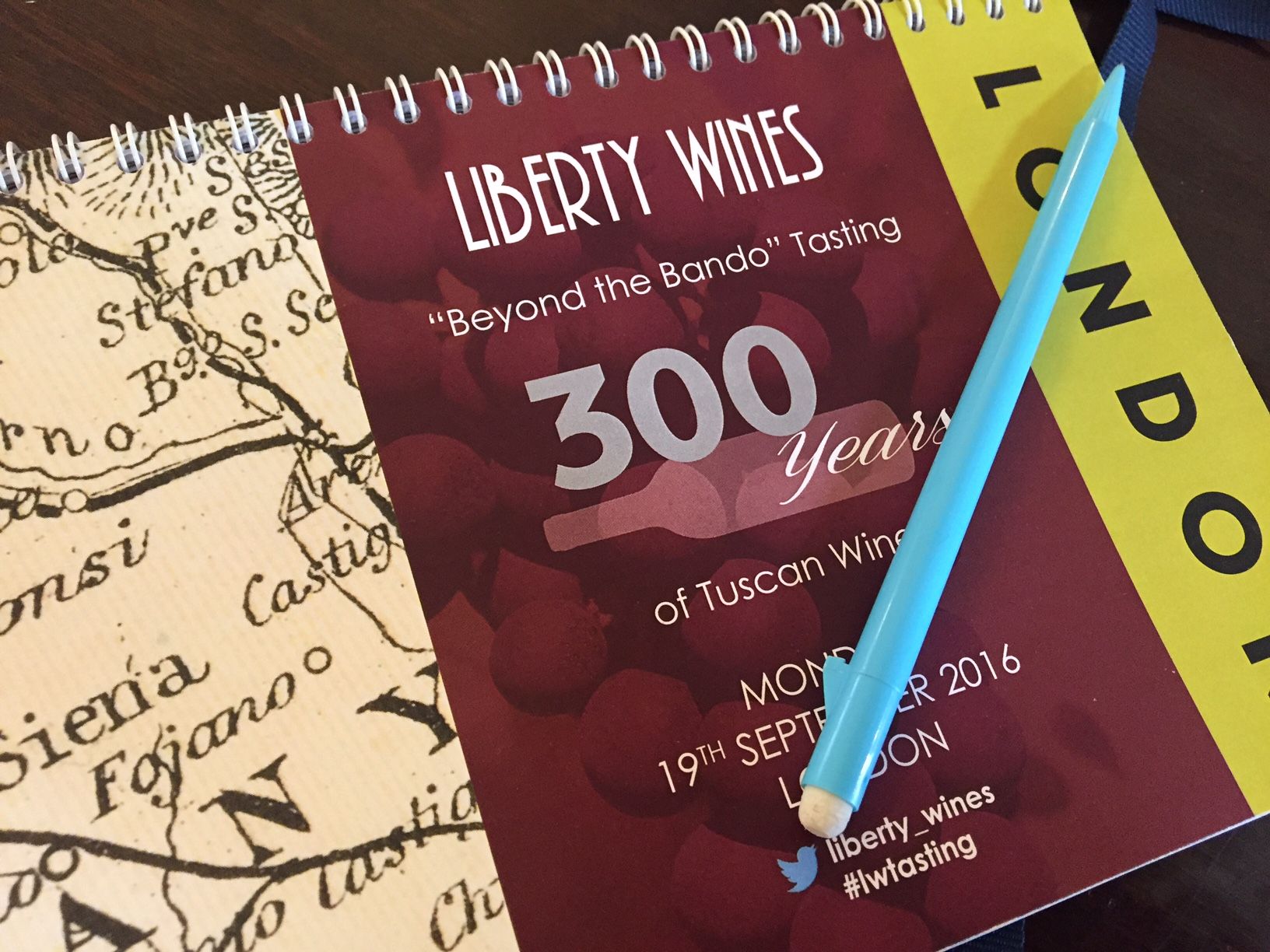Six wines for the buying list from Liberty Wines’ 300 Years of Tuscan Wine tasting in Mayfair
Following its recent autumn portfolio tasting Liberty Wines hosted a more focused event this week in Mayfair, where its Tuscan portfolio was on show.
As well as promoting its ever-impressive Tuscan range, this tasting also set about celebrating 300 years of Tuscan winemaking by laying out 24 wines which represented in some way a key step in the Tuscan winemaking story.
This ‘Timeline Table’ was a great idea and perfect for time-poor customers who only had 30 minutes or so at the tasting. The first six wines set the stall out for each of the four key regions, showing varying styles and blends, before prominent named wines and styles were celebrated in chronological order (see below) to complete the table.

Very interesting and original, and a brilliant history lesson too. If history lessons at school were this good, I’m sure I wouldn’t have been sent to see the Head of Year for reading the NME. Twice. Sorry Ms Rolfe, but Britpop was way more exciting than the history of medicine.
Here’s a brief look at the key moments in the Tuscan winemaking timeline:
- 1716: The Grand Duchy of Tuscany Cosimo III de’ Medici lays out the boundaries and production laws of the four key regions: Chianti, Pomino, Carmignano and Valdarno Superiore. This is known as The Bando.
- 1870: The first ancestor of today’s Brunello di Montalcino is presented at the Siena Province Wine Fair’ by Tito Costanti from Conti Costanti.
- 1930: Vino Nobile di Montepulciano is officially given this name. Up until now it was known as Vino Rosso Scelto di Montepulciano, yet still regarded as a quality wine.
- 1932: The Chianti region is expanded and the seven sub-regions are defined. The original Chianti zone becomes Chianti Classico.
- 1968: The first Super Tuscan arrives. Sassicaia is made from ‘outlawed’ Bordeaux varieties and is a top quality, highly priced wine released as a Vino da Tavola. Other producers quickly follow.
- 1977: Chianti’s first 100 per cent Sangiovese is released. Regulations state that Chianti must be a blended wine made using 10-30 per cent Trebbiano and Malvasia in addition to Sangiovese, which is why Pergole Torte is released as a Vino da Tavola.
- 1994: Bolgheri DOC opens its doors to red wine, The DOC was initially created in 1983 for white and rosé wines only, but Bolgheri Rosso is now permitted.
- 1998: The final regulations for Brunello di Montalcino are established – the wine must be aged for a minimum of two years.
- 2005: White varieties become optional in Chianti, which leads many estates to produce single varietal white wines with the grapes they would formerly have put into the blend.
- 2012: The Italian Minister of Agriculture allows closures other than natural cork to be used on certain DOCG wines. Screwcaps are welcomed with open arms.
- 2014: A new top-end tier is introduced to the Chianti region. Chianti Classico Gran Selezione has tighter regulations than Chianti Classico, with wines needing to be aged for a minimum of 30 months.

And so onto the tasting itself… some 60 wines were on show from 19 different producers. Here are six highlights which showed off the flair, quality and diversity of Tuscany.
Isole e Olena Chardonnay ‘Collezione Privata’ 2014
This creamy but firm Chardonnay owes a lot to Burgundy. Apart from the variety itself, the production style (barrel fermentation, lees stirring) and materials used (Burgundian oak – 30% new) scream of Burgundy. The results are stunning; this is smooth and full with a beautiful sweetness of fruit (pear, white peach), a rich toasty/brioche edge and a long steely finish to stand it up. The best white in the room.

Selvapiana Chianti Rufina 2014
Full and very attractive, this Rufina sees a splash of Canaiolo in with the Sangiovese which gives it a slightly darker hue. There’s an immediate hit of raspberry fruit and a floral, rose-petal character which play together beautifully. Great balance and a long, tangy finish.
Poggiotondo Chianti Superiore 2014
This was wine No. 1 in the tasting book and as an introduction to the tasting and Chianti itself it was perfect. Ripe and fresh with typical cherry and liquorice characters there’s elegance here and real vibrancy. A textbook example of modern Chianti.

Villa di Petrognano Pomino DOC 2012
Pomino is one of the smallest DOCs in Italy so it’s always a treat to taste wine from this high-altitude area that is more akin to alpine Switzerland in temperature and scenery than it is to Tuscany. Made from a tiny parcel of Sangiovese, Cabernet Sauvignon and Merlot grapes grown in six hectares of rented vineyards this is limpid, bright and fresh. That’s the 350 metres of altitude at work. An interesting and exciting wine that’s a refreshing change from all the Chiantis
Petra ‘Quercegobbe’ Merlot 2010
There were many ‘Super Tuscans’ in the room and this was the standout. Made from 100 per cent Merlot it’s bold and clean with bright red fruit (raspberry, redcurrant) and delicate herbal and eucalyptus characters. A hint of spice on the finish rounds off this elegant, good-looking wine perfectly.

Capezzana Vin Santo di Carmignano 2009
It would be crazy not to mention a Vin Santo as there were a number on show, ranging from oxidised to nutty, but the pick of the bunch was from Capezzana to the north of the region. This smacks of rum-and-raisin on the nose, with raisin, honey and hazelnut characters on the palate and a richness and length that goes on and on.
































